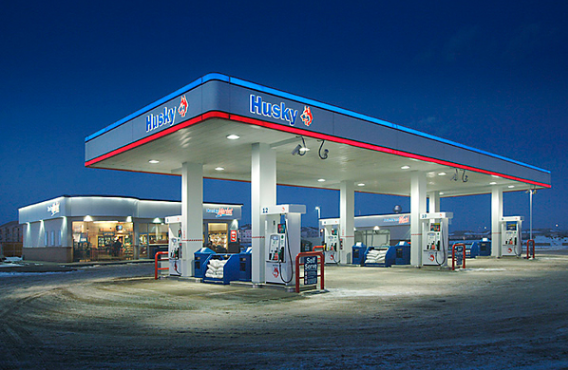
Most of the Husky locations are in Alberta and B.C. but nine are in Manitoba, Kenora and Dryden. The re-branding will take place in the new year and Red River Co-Op will grow to 49 gas locations and nine grocery stores and two stand alone pharmacies.
This is quite the comeback for Red River Co-Op that almost tipped towards failure in 1983 when they closed their grocery operation that had operated from 1957.
They were heavily indebted and were down to three gas stations. The Co-Op name was limping in Manitoba and the economy was trashed in the 1980s. It has been a slow and steady re-build.
The grocery unit returned in 2014 when Red River Co-Op bought parts of Sobey-Safeway stores that were sold as a requirement by the federal government for competition rules.
Husky has been an iconic image for many years in gas retailing but they have rarely been a price leader. Red River Co-Op itself is not likely to be the station to push competitive prices at the pump. But returning profits to members does matter and will continue to matter to people who buy gas and groceries from Red River.
Expect to see more of the gas stations begin to offer service for electric vehicles such as fast charging stations. For example, someone might park and charge at a Co-Op station for 20 minutes while using convenience store and other services nearby.
This is not as far fetched as it sounds. Some of the lots Co-Op occupies could accommodate many vehicles where people could charge up and use the bank, washrooms, convenience store, coffee shop and have enough power to run their car the rest of the day.